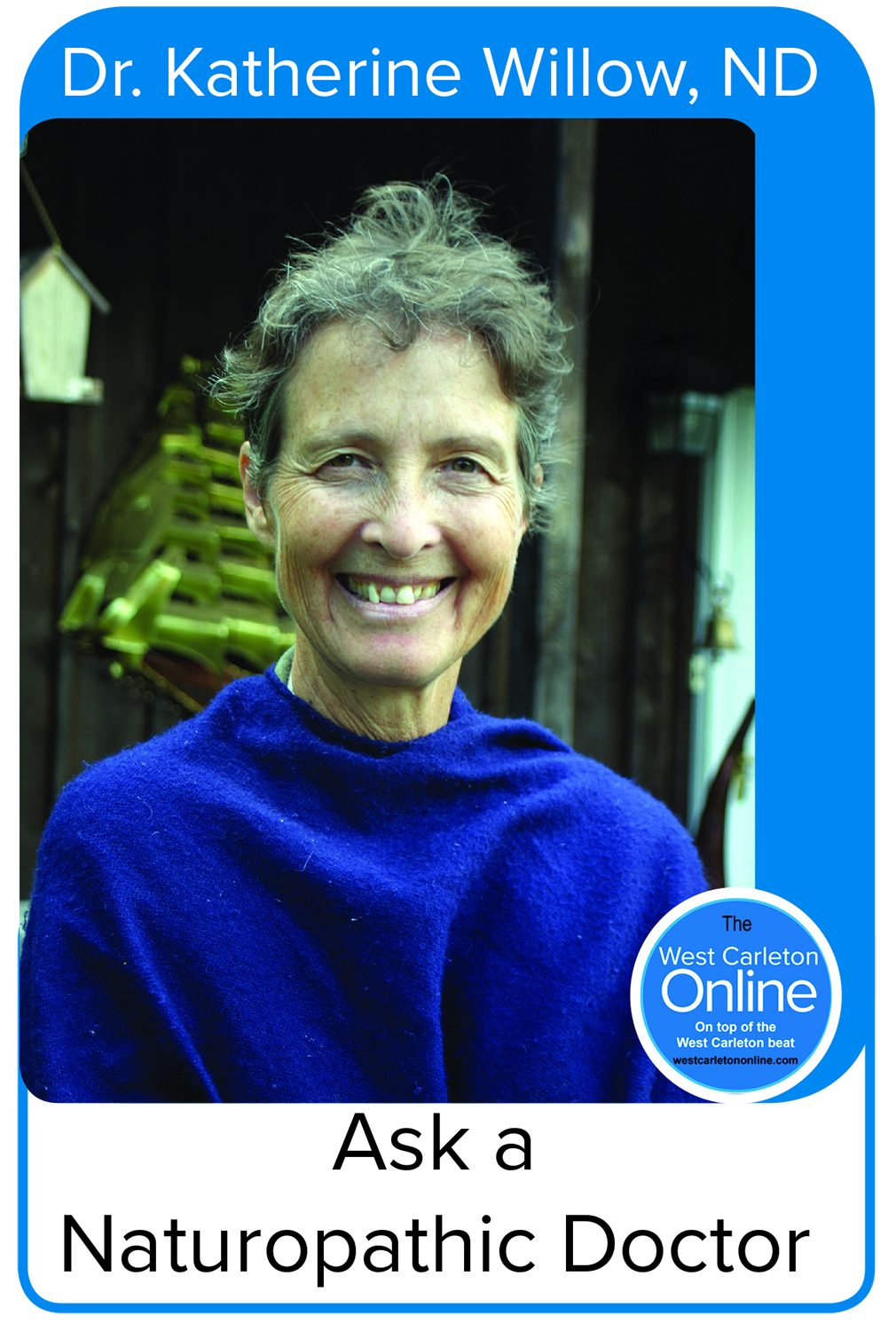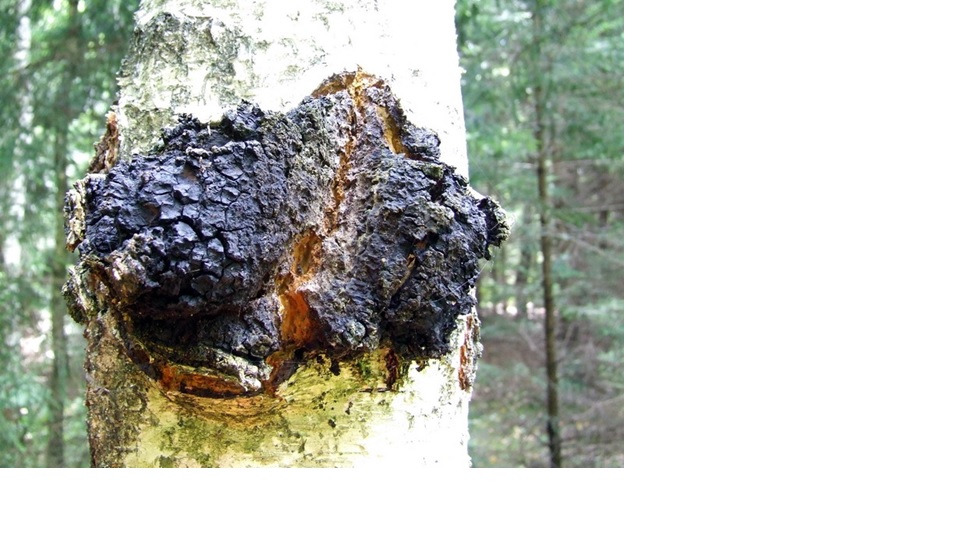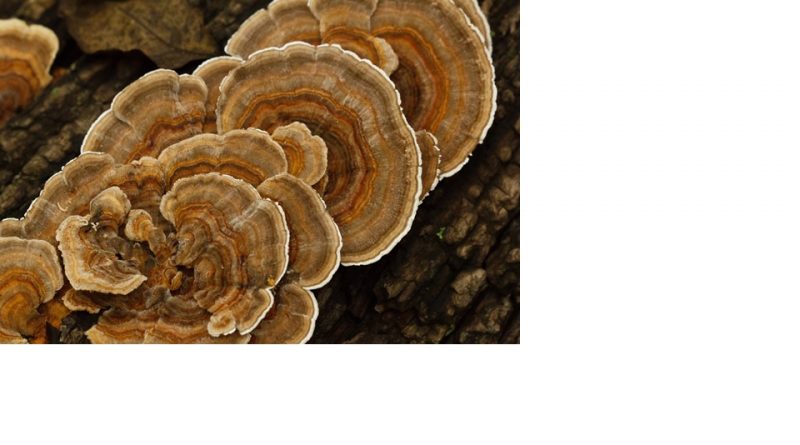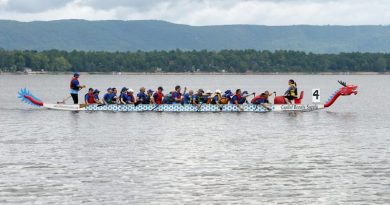Willow: Foraging in the Snow
When planning a foraging class in mid-November I wasn’t expecting half a foot of snow. No digging up the roots that are usually available this time of year!
 The result was that last Saturday we explored wild plants that most people wouldn’t know as sources of food and medicine: tree bark, twigs, buds, seeds and fungi. Honestly, these are new to me as well. Even though I’ve been aware of them for decades, they just weren’t as appealing as green plants, roots and fruit.
The result was that last Saturday we explored wild plants that most people wouldn’t know as sources of food and medicine: tree bark, twigs, buds, seeds and fungi. Honestly, these are new to me as well. Even though I’ve been aware of them for decades, they just weren’t as appealing as green plants, roots and fruit.
The tree bark that is edible is the inner bark underneath the rough outer surface of a tree, a fine layer of tissue full of nutrients, sugars and digestible starches, totally capable of sustaining lost hikers on a winter’s day. We explored eating this inner tree bark during a summer camp, discovering that the most palatable method was to roast it over a fire in a cast iron pan with oil, salt and garlic powder: tree bark chips!
Twigs and buds are similarly edible and often medicinal. Apple bark tea can apparently help an acid stomach and even cure it as it tightens the valve from the stomach into the esophagus. (Please don’t rush out and do this without talking to someone that knows about natural medicine!)
Seeds of dried weeds are sources of protein and minerals and can be ground into flour. Several types, including yellow dock (part of the buckwheat family), lambsquarters and pigweed, are now drying in my oven for experimental purposes, something I’ve been meaning to do for years. I’ll let you know how they taste.
Finally, the most exciting category of wild plants available in winter is tree fungi. It turns out that all tree fungi are safe to eat and most of them have medicinal qualities. Chaga, which grows on birch trees, has long been used in Siberia to increase resistance to stress and improve stamina. Turkey tails, which grow on dying hardwoods, have an amazing ability to fend off parasites, bacteria and viruses as well as improving quality of life and lifespan for cancer patients after their therapy. It is the most researched tree fungus in the world and is part of the established cancer treatment in Japan. Who knew!

After taking a lovely walk in the snow to collect and nibble on these various wilderness treats, we came back in to make teas of vitamin C-rich coniferous needles to compare taste, make sumac lemonade with maple syrup, eat roasted Jerusalem artichokes and discuss the properties of the many plant parts that we collected and how they can help different conditions.
All in all, a wonderful snowy afternoon!
Our next foraging class will be on Saturday, Dec 8 from 1 to 4 p.m. with emphasis on making seasonal gifts and decorations from what we gather while sipping wild teas by the fireplace. All are welcome and children are free. Register through the website www.ecowellness.com or call 613-839-1198.












